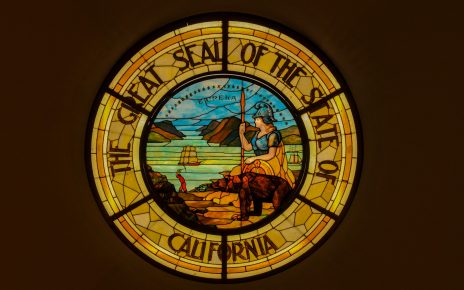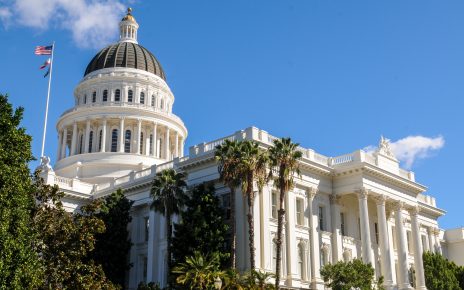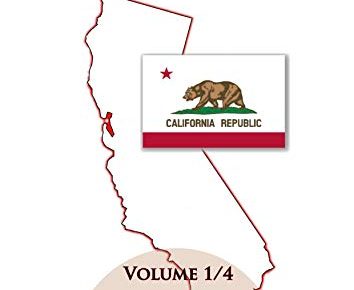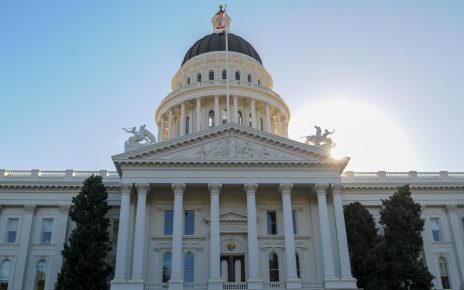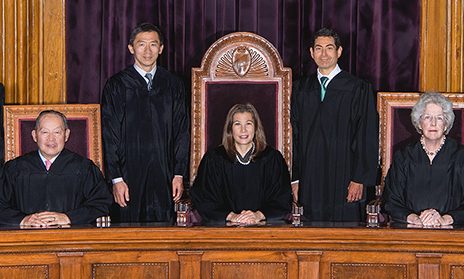Public Hearings Under the Administrative Procedure Act
As part of California’s Administrative Procedure Act (APA), the rulemaking bodies of the executive branch of state government must conduct a public hearing on a proposed regulation if requested by a member of the public. Pursuant to Government Code Section...

